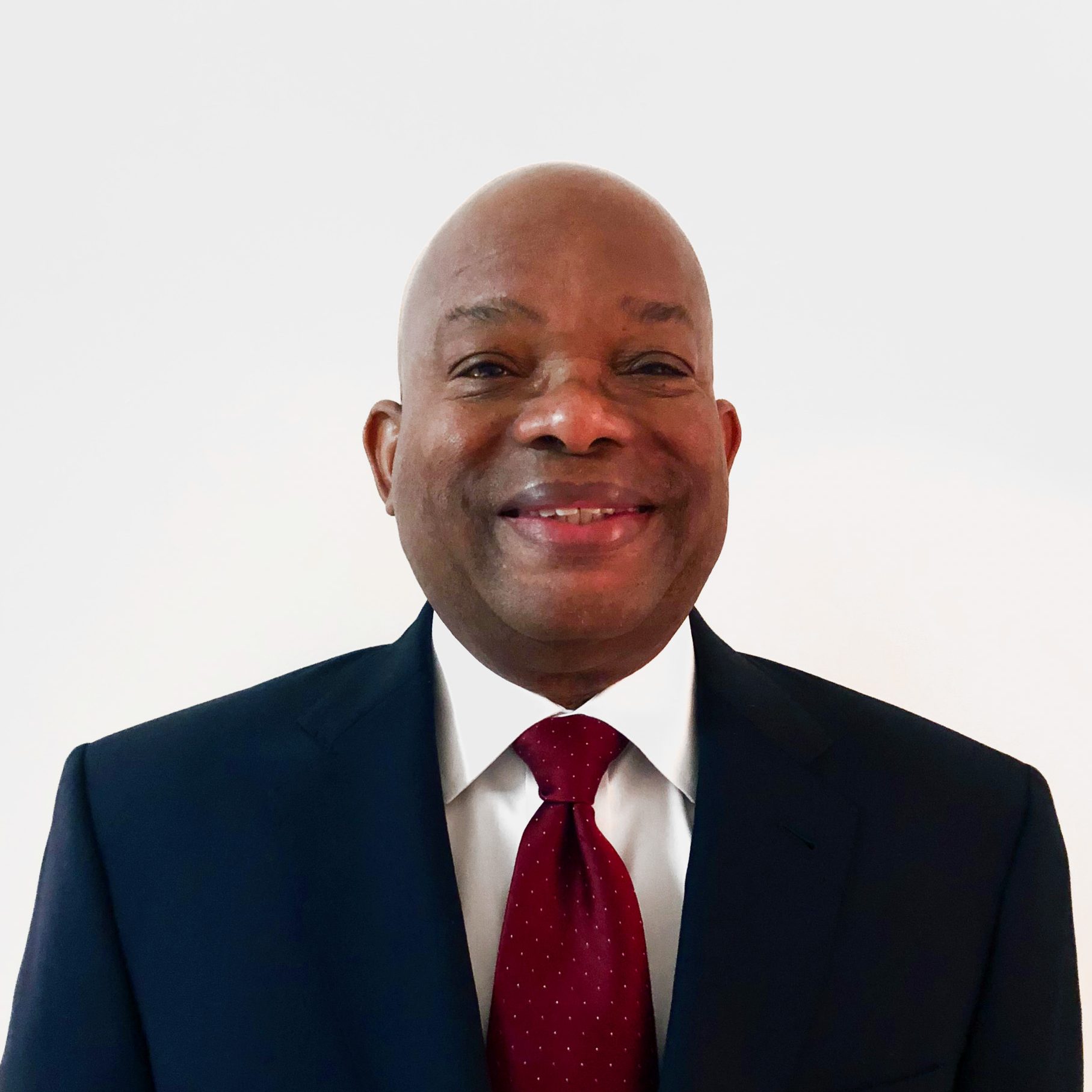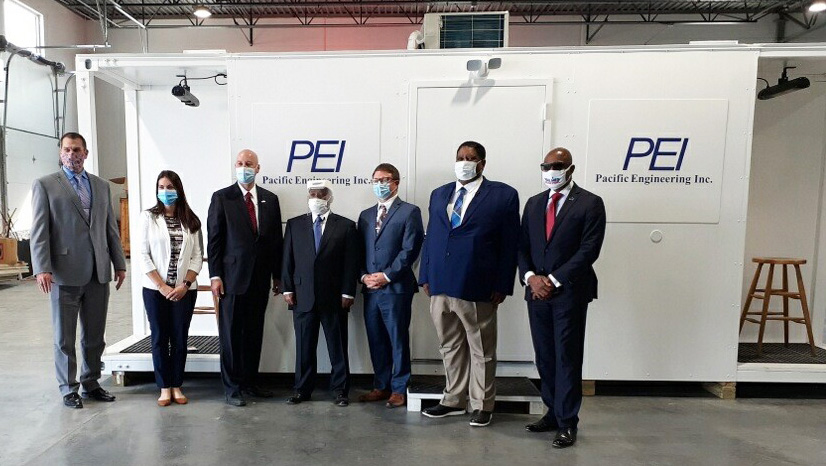Retired rear admiral equips the pandemic’s frontline fighters
Osie V. Combs Jr., OE ’77, SM ’77
Last March, Osie V. Combs Jr., OE ’77, SM ’77, called a meeting with his colleagues at Pacific Engineering Inc. (PEI), a small Nebraska-based defense contractor. “We asked how we could use our knowledge and capabilities to help wage war against covid-19,” says Combs, the company’s president, who retired from the US Navy as a rear admiral. “Because this is a war. And you can’t fight today’s war with yesterday’s weapons.”

Seven months later, PEI delivered the first of 10 freestanding covid testing sites to Nebraska’s Department of Health and Human Services. Built of lightweight yet sturdy composite materials, similar to the materials PEI uses to make military components, the company’s Rapid On Demand Portable Medical Platforms allowed the state government of Nebraska to continue to offer rapid testing in the frigid winter months, including on the University of Nebraska’s Lincoln campus. They have also been deployed by the Winnebago Tribal Nation. The pods are heated, configured to protect against viral contagion, and designed to withstand winds of up to 120 miles per hour. Each walk-up unit can test up to 320 people a day. At a site with multiple drive-through units, the state of Nebraska has served up to 1,200 cars per day.
“We knew there were plenty of places without hospitals or clinics that needed this service,” says Combs. “This was the weapon we could give the people on the front lines.”
Born in Longview, Texas, Combs received his bachelor’s in electrical engineering from Prairie View A&M University as part of its Naval Reserve Officer Training Corp. Both his father and his uncle had served in World War II. “I entered the military standing on the shoulders of those two giants,” he says. Following graduation in 1971, Combs served in the US Navy for a period that included two tours on an aircraft carrier in combat waters off Vietnam. One day aboard ship, he received a phone call from an officer at the naval assignment desk, directing him to apply to MIT’s Department of Ocean Engineering (originally created as the Department of Naval Architecture in 1893 and now part of the Department of Mechanical Engineering). “I clicked my heels and said, ‘Yes sir,’” he says.
Combs was stunned when he arrived on the MIT campus in 1974. “I almost dropped to my knees when I understood the quality of what I was being offered there,” he recalls. “I was a little behind at the beginning. But I’m someone who worked his way through college digging ditches under the hot summer sun. By my second year I pulled even. And by my third year I started sailing.”
After graduating, Combs rose quickly through the ranks of the US Navy. He led the team that designed the Seawolf-class submarine and built and delivered the Large Scale Vehicle (LSV)—the Navy’s first autonomous/unmanned submarine. He also served as chief architect for “Information Technology for the 21st Century,” the document that directs the Navy’s strategy for IT development and applications. In his last assignment, he oversaw all of the Navy’s ship construction and repairs. In 1999, he retired from the military and moved into private industry.

Combs, who has promoted STEM education throughout his career, served as a member of the MIT Corporation from 1997 to 2002. He is active as a founding member of Generation Redirect, which has sponsored more than 50 minority high school students to attend mentoring sessions at top STEM schools, including MIT, and runs another program that mentors students from fifth grade through college and beyond.
While Combs did not envision he’d be directing the construction of mobile virus testing labs when he joined PEI in 2017, “I was trained not to be afraid to take on a challenge,” he says. “Most people look at a coin and see two sides, either heads or tails. But there’s also the edge. And it’s in those spaces along the edge where real innovation and inventions happen. That’s what I took away from MIT: the freedom to dare to work in the spaces most people don’t think to look at.”
Keep Reading
Most Popular
Large language models can do jaw-dropping things. But nobody knows exactly why.
And that's a problem. Figuring it out is one of the biggest scientific puzzles of our time and a crucial step towards controlling more powerful future models.
How scientists traced a mysterious covid case back to six toilets
When wastewater surveillance turns into a hunt for a single infected individual, the ethics get tricky.
The problem with plug-in hybrids? Their drivers.
Plug-in hybrids are often sold as a transition to EVs, but new data from Europe shows we’re still underestimating the emissions they produce.
Stay connected
Get the latest updates from
MIT Technology Review
Discover special offers, top stories, upcoming events, and more.